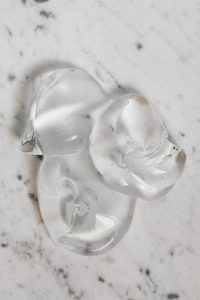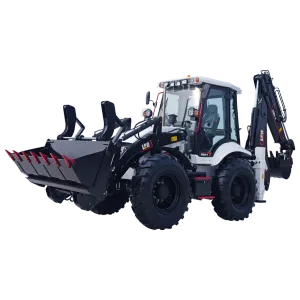Acrylic emulsion polymers are widely used in pigment printing, electrostatic flocking, fabric lamination, warp sizing and coating processing, etc. Acrylic esters with different properties also have different characteristics due to differences in the raw materials and proportions used. use. Silicone-modified acrylic emulsion is an emulsion polymer of organic silicon compounds and acrylic esters. Its emulsion particle size distribution is uniform, the emulsion stability is high, the coating film has good comprehensive properties, good waterproof performance, and the waterproof performance can reach a high level.

physical properties #
Acrylic emulsion is a milky white or nearly transparent viscous liquid.
Acrylic emulsion is an emulsion copolymerized from pure acrylic ester monomers. It is a small particle size, multi-purpose, and excellent performance emulsion. It is suitable for a variety of coating formulations and has outstanding water resistance and weather resistance, especially Excellent performance in high-gloss and semi-gloss paints.
Acrylic emulsion has good water resistance, alkali resistance and stain resistance, and has good adhesion to masonry, wood and steel surfaces. It can not only prepare flat, semi-gloss and high-gloss latex paints, but also high-quality Finishing coatings for floors, cement tiles and tennis courts.
pH value (25℃) is 8~9, viscosity 50~500mPa·s, solid content (150℃, 20min) 49%~51%, anionic type, glass transition temperature 20℃, minimum film forming temperature 20℃.
Scope of use #
Acrylic emulsion is a chemical with wide applicability. It can be used as anti-seepage, anti-corrosion and anti-freeze protection for steel structure concrete in hydraulic engineering, port engineering, highways, bridges, metallurgical chemical industry (urea chlorine gangue) and other industrial and civil buildings. Waiting for repair of new chemical materials.
According to the use of the product, it can be divided into: interior wall emulsion, exterior wall emulsion, elastic emulsion, waterproof emulsion, sealing emulsion, etc.
According to the composition of the product, it can be divided into: pure acrylic emulsion, silicone acrylic emulsion, styrene acrylic emulsion, vinegar acrylic emulsion, etc.
Mainly used for building waterproofing, casein glue, water-based ink, panel glue, etc.
preparation #
By weight, we provide 19.3 parts of deionized water, 35.5 parts of isooctyl acrylate, 4.5 parts of methyl methacrylate, 1.1 parts of styrene, 2.3 parts of hydroxyethyl acrylate, 3 parts of acrylic acid, and 0.9 parts of vinyl triethoxysilane. parts, 0.06 parts of dodecyl mercaptan, 0.2 parts of nonylphenol polyoxyethylene ether ammonium sulfate, and α-sulfur-ω-[1-[(4-nonylphenoxy)methyl]-2-( 0.13 parts of 2-propenyl-1-oxy)ethoxy]-poly(oxy-1,2-ethylenediyl) ammonium salt was put into the pre-emulsification tank for emulsification. After all the raw materials were evenly dispersed, stop stirring to form Pre-emulsion; provide 30 parts of deionized water, 0.2 parts of polyoxyethylene lauryl alcohol ether, and 0.1 part of sodium bicarbonate, put them into a four-necked flask equipped with a stirrer, thermometer, condenser tube and burette, and add 0.1 part of ammonium persulfate. parts and 2.2 parts by weight of pre-emulsion, heated to 77°C; titrate the remaining pre-emulsion and 0.1 part of ammonium persulfate for 4.5 hours, maintaining the temperature at 83~85°C; dropwise add 2.3 parts of methyl methacrylate for 30 minutes , the temperature is maintained at 83~85°C; after the titration is completed, keep the temperature for 1.5 hours; cool to 60°C and add 0.12 parts of eagle white block and 0.09 parts of tert-butyl hydroperoxide, keep the temperature for 1 hour; cool and discharge.

 April 1, 2024
April 1, 2024 










